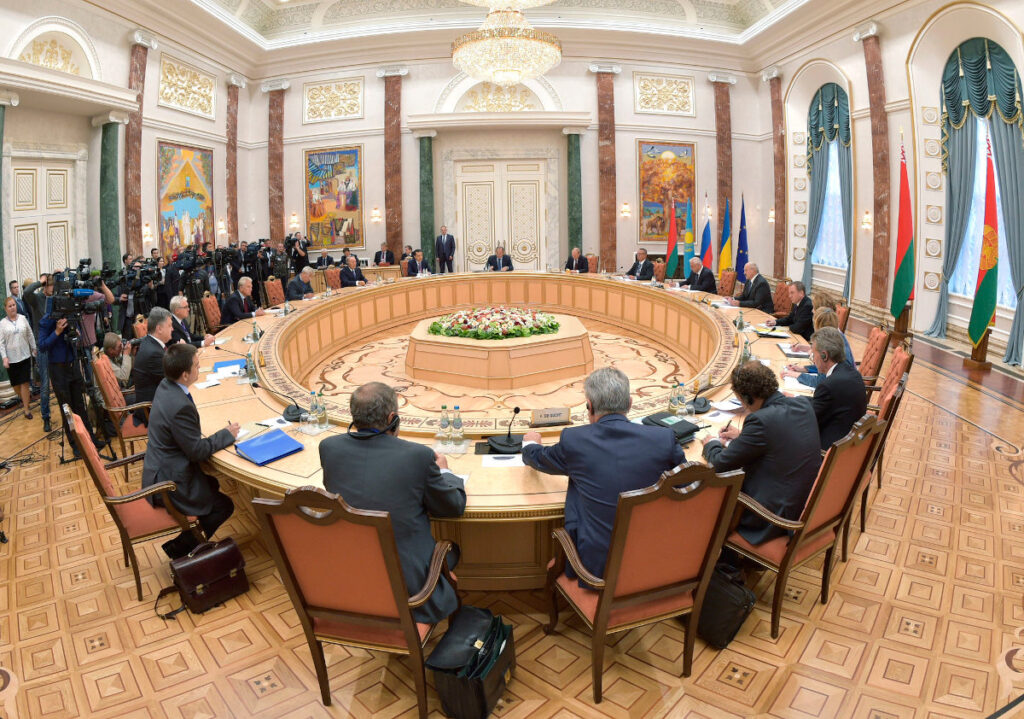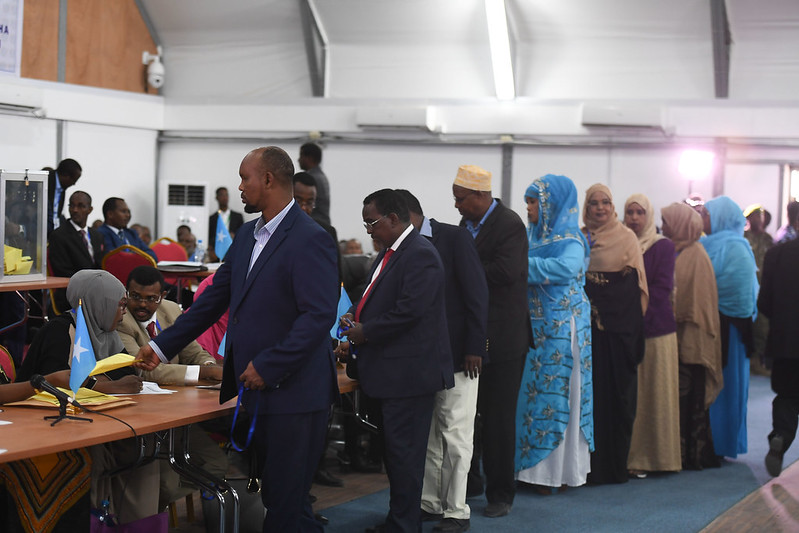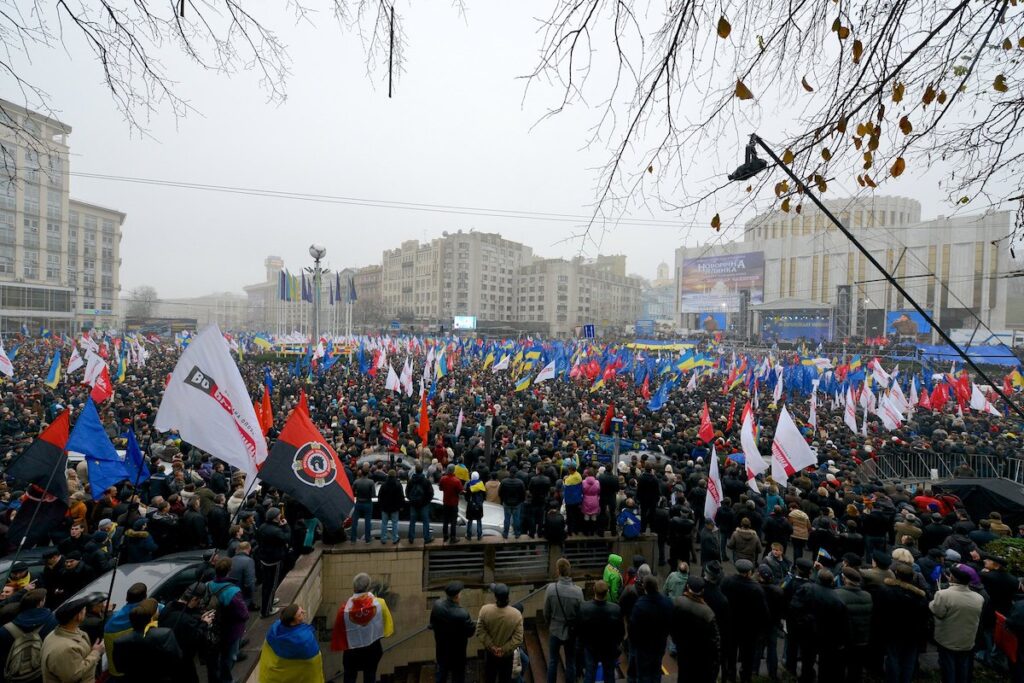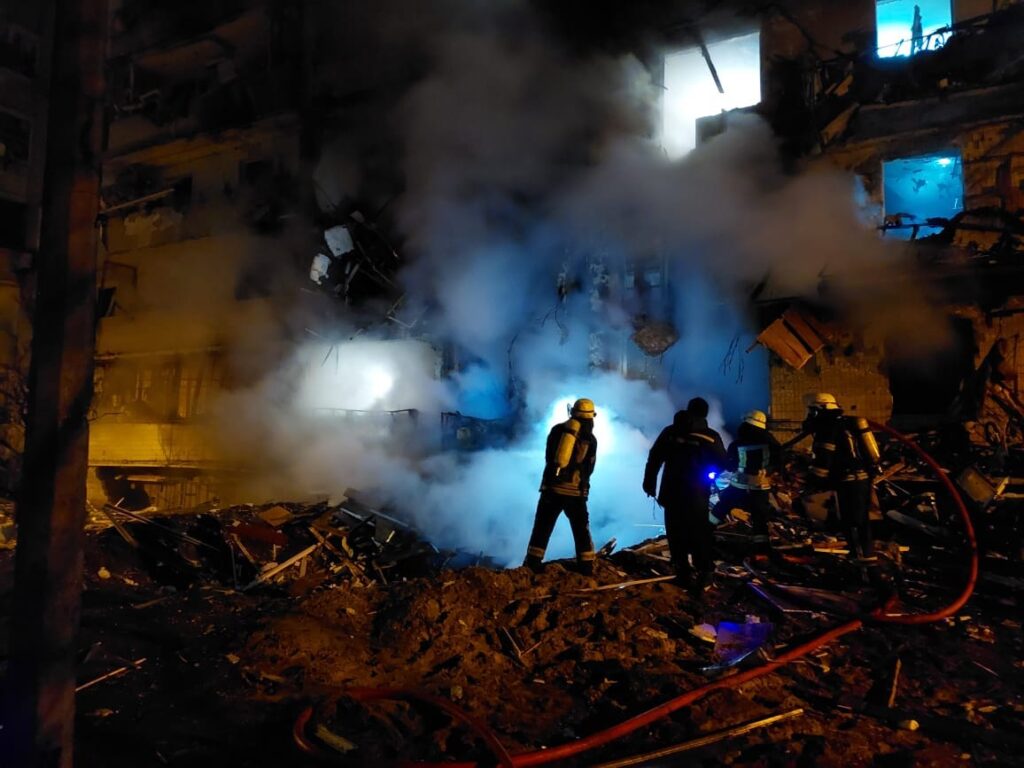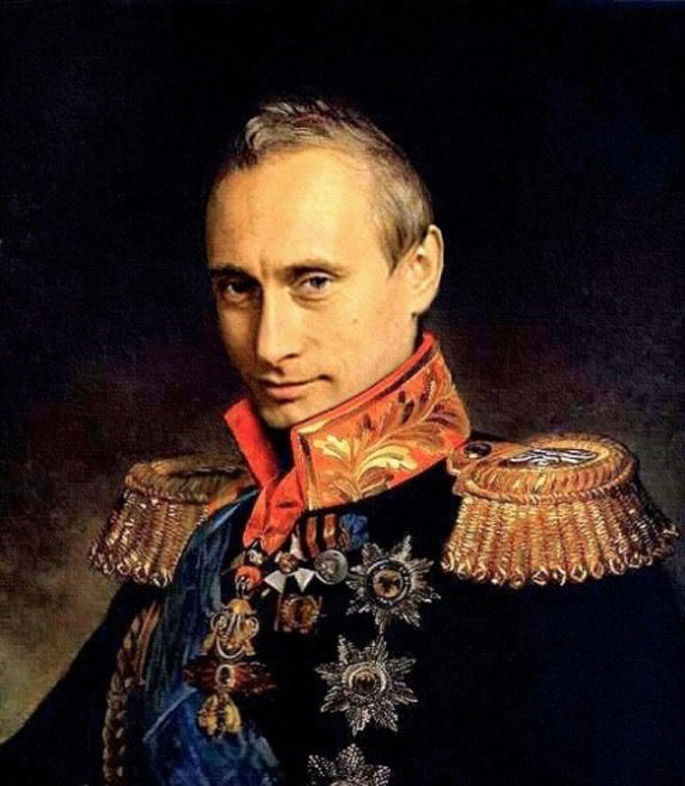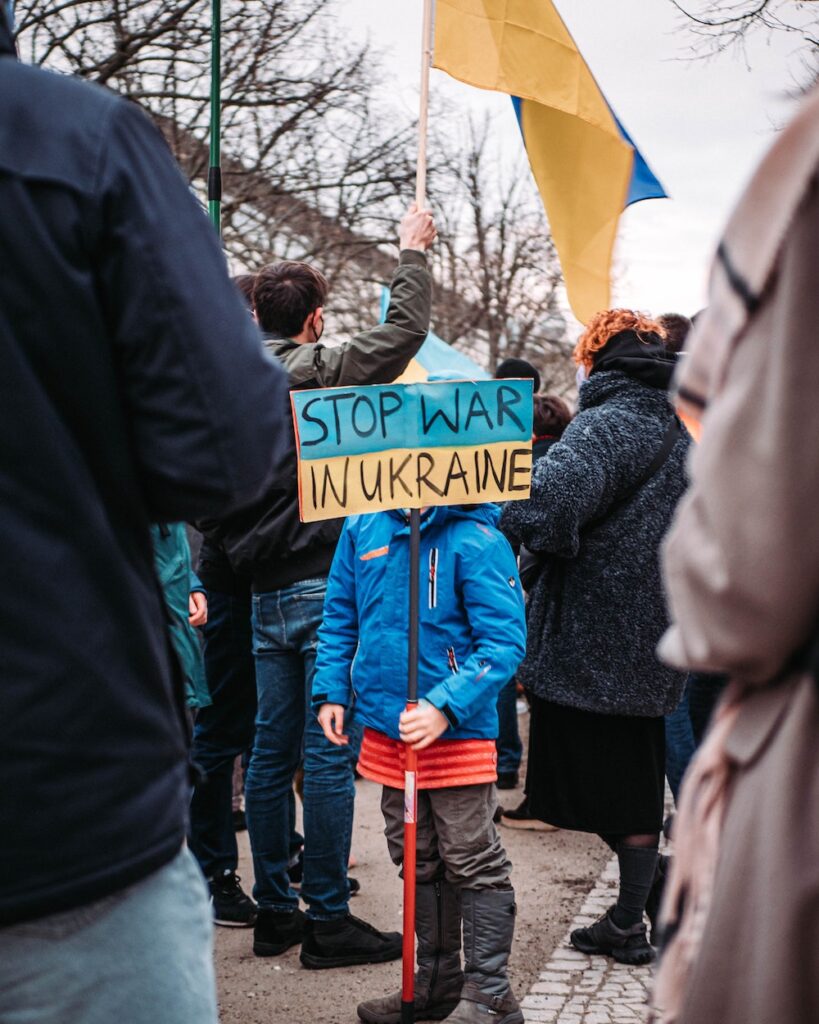The unfolding genocide in Palestine today is a continuation of Israel’s 75-year-old occupation and ethnic cleansing. This article provides a perspective on the ongoing tragedy from the vantage point of the Golan Heights – often referred to as Israel’s ‘forgotten occupation.’ How are the stateless Syrians experiencing this war? And why do ‘ethnic cleansing’ and ‘genocide’ reverberate as strongly here as in the rest of Palestine and Israel? By threading the current genocide to the story of occupation and ethnic cleansing in the Golan Heights, this article discusses the underlying settler-colonial assumptions about religious purity and war that have fuelled imperialist projects in occupied Syria and Palestine, and in the wider region.[1]
Fear and messages on WhatsApp
On Sunday, 8th of October, my friend Kamel[2] wrote on WhatsApp: ‘the kids are worried so much… I bought food and water for them… we are preparing ourselves for a big war in the area…’ With his wife and three young children, Kamel’s family have been staying inside for the past month, working and going to school on Zoom.
We became friends in Damascus in 2009. Kamel had just finished his degree in English Literature at Damascus University, while I was doing fieldwork for my PhD. We’ve kept in touch and I’ve visited him and his family in the Golan Heights. Last time this May, I promised Salam, his wife, that I’ll bring my own young children to Majdal Shams, the biggest of the occupied villages in the Golan, next time I visit in February 2024. Our kids are of similar ages, our families in similar stages. If we lived closer, we’d have playdates and family dinners.
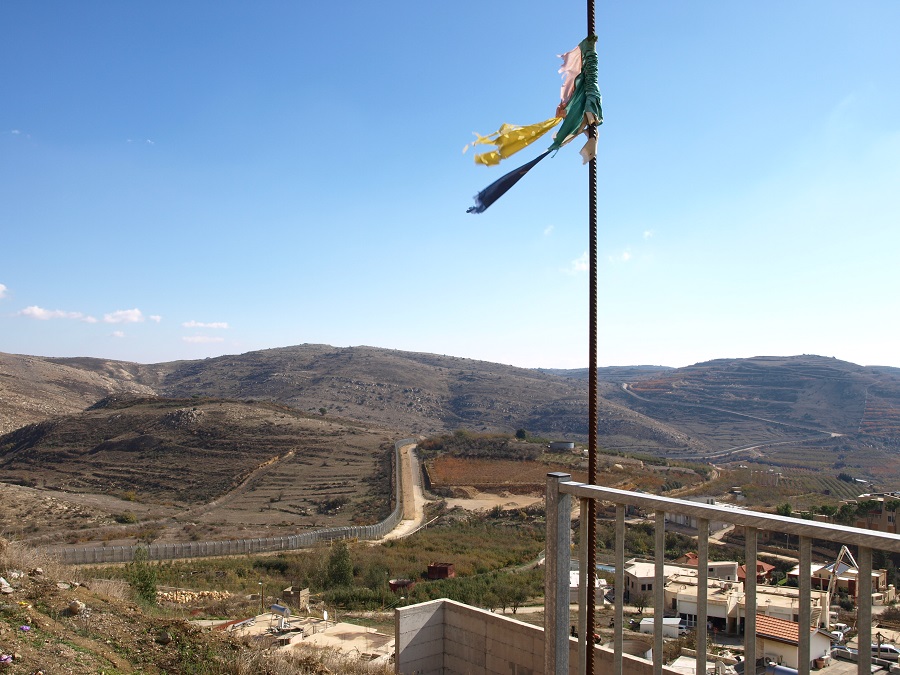
People, Kamel tells me, are really afraid to go outside their houses. Out of fear of arrests and, even more, out of fear of pogroms against Arabs, most dare not leave their villages to travel into Israel. For friends from the Golan Heights that live and work in Israel and in the West Bank, the situation is sheer terror. ‘We are afraid to go to work, we are afraid to speak Arabic in public,’ Kamel adds. People have been arrested by Israeli police for writing pro-Palestinian posts on social media. Throughout Israel and the Occupied Palestinian Territories people get arrested and held without charges, university students and workers, Arab and Jewish Israelis. Sara, one of the stateless Syrians in the Golan Heights, has stopped going to work in the Israeli eco-project that she was working with before the war on Gaza: ‘Israeli society has become, overnight, so extreme, so racist,’ she tells me.
Others, especially from the older generation, are not surprised by the state of Israel’s genocidal attack on Palestinians. ‘The tree of occupation never bears good fruit,’ Salman tells me on the phone. The ‘tree of occupation’ is the 75 years of occupation, killing, dispossession, and apartheid that Palestinians have endured in the hands of the state of Israel. This is the ‘root cause’ of violence.
Salman is one of the community’s leaders and revolutionaries, also a former political prisoner in Israel. He is a friend and a co-author, whose field research and hospitality have shaped my own field visits in the Golan over the past years. We speak on the phone often, he is worried about the ‘total siege on Gaza,’ and emphasises that Israeli Defence Minister Yoav Gallant ordered a ‘complete siege on Gaza’ saying that they are fighting ‘human animals.’ In his speech, and throughout the past month, Palestinians have constantly been dehumanised in the Israeli press. ‘They don’t show any pictures from Gaza, nothing!’ Salman exclaims.’ In a state of war, Israeli public media focus on Hamas’ massacre and Israel’s ‘right of self-defence,’ egging on the ‘flattening of Gaza.’ Like many others, Salman is afraid because Netanyahu, Gallant and others sense that their time is up, and they want to cause as much destruction as possible. From academics to the UN, the word genocide is used to describe the collective punishment of Palestinians unleashed by Israel.
Back to Kamel, we send each other video messages and funny things that the kids do. I keep thinking: how do you keep young kids busy amidst a war? In what stories do you translate your fears? Do you speak to them about the killing of so many children? How do you contextualise the sound of rockets across the border, and the constant humming of drones over your head? Do you tell them that the Israeli soldiers in their streets use them as human shields when they fire from the military bases within the Golan, to Syria and Lebanon? Can you make the rockets that get intercepted by the Iron Dome seem like fireworks or early Christmas lights?
As human beings and anthropologists, how can we make sense of this brutality? We watch live the purposeful and vengeful collective punishment of the Palestinian people, the indiscriminate bombing of refugee camps, hospitals, schools, residential buildings, mosques and churches. We (mis)measure again the different value of being a human, where Palestinian children are cast ‘outside of humanity’ (Fernandez 2023). We bear witness to state terrorism and murder (De Lauri 2023), to starvation and siege, to war crimes, and to the genocide of a people by the machinery of one of the most highly armed nuclear states in the world. These techniques of extermination are a continuation of Israel’s ethnic cleansing of Palestinians that started with the al-Nakba, furthered through the wars of 1967 and 1973, and has continued unabated until today (Pappé 2007).
Although I don’t have answers to the above questions, this piece is a way to make sense of the pain, war, and defiant hope that come out of years of ethnographic fieldwork, and of the most recent genocidal war and the reign of fear. For, although the Israeli occupation in the Golan has been the least violent in comparison to the Occupied Palestinian Territories (OPT), we can see that from ethnic cleansing to the religious engineering of a compliant minority, the sectarianism of the occupation is part of a larger arsenal, one of the means towards the same ends.
The weaponization of religious difference, or, how the Israeli occupation in the Golan was from the start ethnic cleansing and religious engineering
“If you live, live free. If you die, die standing like a tree.” These lines are carved onto the tombstone of Hayel Abu Zeid (1968-2005), who died, the epitaph continues, ‘for the resistance and hope.’ Hayel is one of the martyrs and revolutionaries from the Israeli occupied Syrian Golan Heights who dedicated their lives to the cause of liberation from Israeli occupation. Next to his tomb is a commemorative plaque for Amir Abu Jobal, a boy of 5 years who was killed by an Israeli mine near his home. In the cemetery in Majdal Shams, the largest remaining occupied village, there are many other tombstones commemorating resistance, heroism, and the unjust loss of life as a result of war and occupation.
Occupation, ethnic cleansing and resistance have deep roots among the indigenous stateless Syrian people. From the very start of Israel’s invasion during the Arab-Israeli war of 1967, ethnic cleansing was an important strategy of war and occupation. 95% of the Syrian indigenous population was forcibly displaced and only five villages, out of 340 villages and farms, remained. These villages were predominantly Druze (the villages are Majdal Shams, Mas’ada, Buq’atha and Ein Qiniya. The village of Sahita was later destroyed by Israel, Ghajar is an Alawi village). Israeli army officials believed that the Druze, a religious community with historical links to Isma’ili Islam, would inflict a ‘stab in the back’ to Arabism. The sectarian logic of the Israeli occupation from the start, thus, was clear: displace the indigenous population, render them prostrate, or engineer them so that they cannot unite with Palestinian resistance and no longer pose a threat. Sectarianism is the more insidious continuation of ethnic cleansing outside of war.
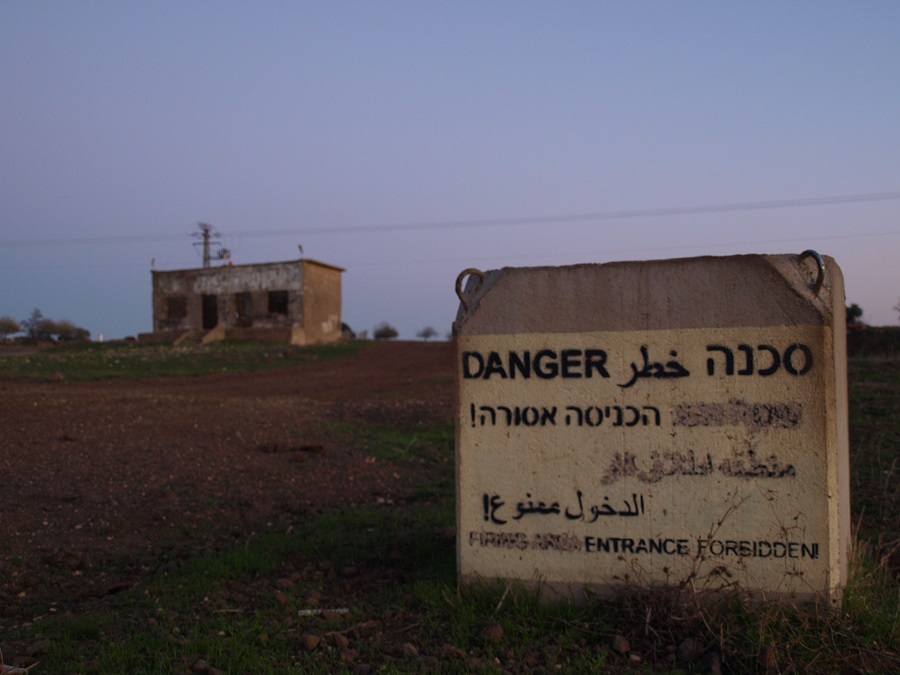
The belief that the ‘Druze’ would be compliant peons in maintaining a state founded upon religious and ethnic difference was not unfounded. Israel had already by 1949 achieved an alliance with the religious Druze elites in the regions of Carmel and Galilee, in what became Northern Israel (Firro 1999). This alliance with the state of Israel isolated the Druze community in Israel from their co-religionists in Syria and Lebanon. In exchange for becoming political representatives of a new religious ethnicity (not unlike the created roles of tribal chiefs in other colonial settings), the sectarianisation of political identity in the greater context of Israeli ethnocracy (Yiftachel 2006) was moulded, and the ‘Israeli Druze,’ thus, created. The creation of the ‘Israeli Druze identity’ became henceforth an ongoing project between local Druze elites and the Israeli state, a project of producing ‘ethnic difference’ in the process of ‘inventing religious traditions’ (Firro 2005).
And so, the ‘Israeli Druze’ were the first Arabs ‘to be trusted’ to serve in the Israeli Defence Forces, and until recently, they were the only Arabs to be conscripted to do so (Kanaaneh 2008). Their so-called loyalty to the state of Israel turned ‘Druze identity’ into a laboratory for the manufacturing of sectarian difference, as the Israeli state and military worked hand-in-hand with local elites to produce and fund new ‘Druze traditions,’ as well as a comprehensive and specifically ‘Druze’ educational curriculum to educate the new generations. While this project was successful in funding the architecture of religious politics, it has not done much to address the chronic poverty and impoverishment of this region. Indeed, the Druze in Israel continue to be second-class citizens living under a settler colonial apartheid state. As such, all state policies are essentially discriminatory on the basis of religion, as shown during the 2018 Druze protests against the Jewish Nation-State Law.
The Druze in the occupied villages of the Golan Heights are Syrians and different from their ‘Israeli Druze’ counterparts described above. As the tombs in the cemetery proclaim, the heroes and martyrs of this mountain community have fought Israeli occupation, sacrificing their lives to either Israeli bullets or inside Israeli jails. Although individuals can be killed, memories of such resistance, here as in Palestine (see Swedenburg 2003), are not easy to kill.
What is being Golani? The complexity of citizenship, belonging and resistance
‘Israel wants us to be Druze,’ explained Fahed, the president of a local autonomous organisation, during an interview in May 2023, ‘Israeli Druze.’ Here, being ‘Israeli Druze’ means being compliant to Israeli authority. For deeply pious shaykhly families in the Golan, being somehow connected, or dependent upon the worldly authority of an occupying power is a religious anathema, and the most religious among them, have abided by strict regimes of independence and autonomy (see Kastrinou et al 2020).
Nevertheless, Israeli propaganda posits that the Druze of the Golan do not take Israeli citizenship because they are afraid of repercussions from the Syrian regime, should the Golan return to Syria. Yet none of my interlocutors has ever mentioned this reason. Instead, during the height of the Syrian war in 2015 I heard that ‘We will still be Syrians, even if Syria ceases to exist!’ Like inside Syria, the stateless Syrians in the Golan Heights underwent a similar process of anti- and pro-regime protests, while more recently from this August, some have been protesting in solidarity to the Druze protests ongoing in the Syrian province of Sweida.
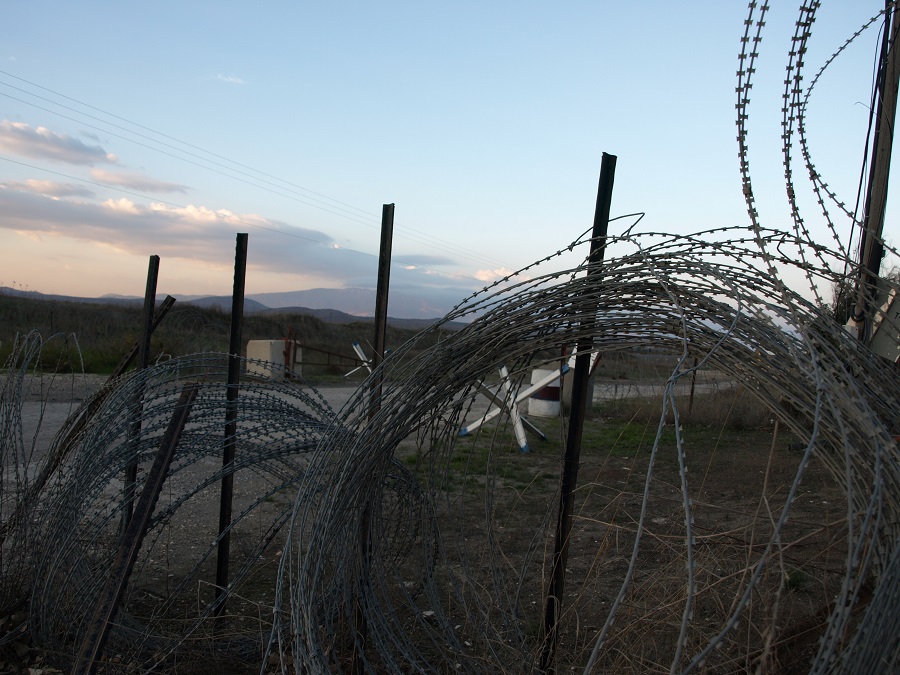
On the basis of estimates from local representatives and academics, between 10 and 25% of the stateless population has accepted Israeli citizenship. The vast majority of Syrians in the Golan Heights remain stateless. Getting Israeli citizenship is a contentious subject for a community that is known for its resistance to Israeli occupation (Mason et al. 2022). When I asked Nidaa, a member of the women’s committee in the Golan, whether she’d still want to be part of Syria while there is a war, she adamantly said: ‘I’m part of the Syrian body, I’ll go through what the people go through.’ Yet, taking Israeli citizenship has increased after the Syrian war, but it happens for complex, and sometimes contradictory reasons – out of losing hope at the aftermath of the Syrian revolution (Al-Khalili 2023), or to be able to work within the Israeli job market and advance one’s career, rather than because people ‘feel Israeli.’ Rabiah, a young man in his late 20s, for example, took Israeli citizenship so that he would not lose his land after living outside the country for three years – ‘I did it so that Israel does not confiscate my land,’ he told me.
In the 1980s and 90s it was the norm that people who took Israeli citizenship suffered social ‘death.’ Branded as being ‘traitors’ and ‘collaborators,’ they were excommunicated from social and religious affairs. Jawad’s father was one of the first people in Majdal Shams to publicly declare his support for Israel and also one of the first to get Israeli citizenship. He lost most of his business and social capital in doing so. Jawad mentioned bitterly that, when his father died, the local religious shaykhs refused to carry out the mortuary prayers and rituals; the family had to bring in Israeli Druze shaykhs from the Galilee. Yet, when I asked him where he feels his identity lies, to my surprise he replied that he feels ‘Syrian’ even though he has Israeli citizenship. And, like most people who have acquired Israeli citizenship from the Golan Heights, Jawad was exempt from serving in the IDF: ‘I don’t like the army,’ he says. ‘I’m a pacifist.’
Settler-colonial assumptions, imperialist projects
Underpinning the process of ethnically cleansing the Golan and the sectarianisation of political identities that Israel undertook lies a simple colonial logic, namely that religious groups are, basically, homogeneous. This logic assumes that there is one homogenous Druze community running through the occupied Golan Heights and the Druze villages in Northern Israel. This assumption is simplistic, filled with colonial connotations (i.e. same religion = same everything else), and simply not correct. We can see this assumption supported by Israeli policy and propaganda which has historically tried to imprint a sectarian logic and ‘Druzification’ on the occupied Syrians in the Golan Heights. The same colonial logic underpinned USA’s ‘tribal’ policies during the invasion of Iraq (González 2009).
It is the same logic, extended, that we see used by Israel to explain the large-scale genocide of Palestinians in Gaza. In the words of Israeli President, Isaac Herzog, “it is an entire nation out there that is responsible,” The Israeli ex-defence minister Avigdor Liberman said that “there are no innocents in Gaza.” Indeed, this is the logic that was used from the very start of the Zionist project, with ethnic cleansing ongoing since its inception (Pape 2007). The murder in Gaza is blatantly obvious whilst the occupation of the Golan is, in comparison, less bloody. But the underlying assumption of homogeneity within religious and ethnic groups is the same. The settler colonial state, then, either engineers homogeneity or works to expel or exterminate it.
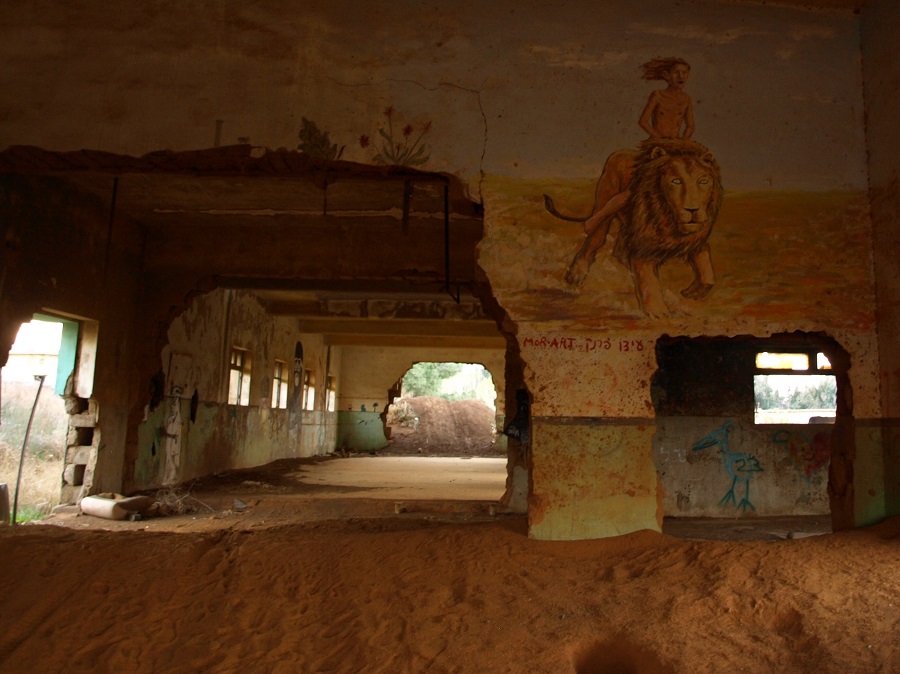
But “religion is precisely the recognition of man in a roundabout way,” wrote Marx whilst exploring how capitalist states, in general, pretend but essentially fail to keep their secular, emancipatory promises. And creating a homogenous, religiously pure social entity is a risky, unstable business.
The French had already tried it. During their colonial mandate, they divided Syria into territorial chunks on the basis of the colonial assumption of obedience in exchange for religious homogeneity. It was at the end of the Ottoman Empire and the establishment of Western colonialism and imperialism in the Middle East that what Ussama Makdisi (2005) calls the ‘culture of sectarianism’ was born, as a thoroughly new and modern phenomenon. And, as it was born it was also resisted: the Syrian revolt against the French colonial rule was started in the Druze province by a Druze, Sultan Basha Al-Atrash, one of the greatest Syrian national heroes. The French collectively punished the Druze for their disobedience by burning down the village of Majdal Shams and collectively punishing its inhabitants. Indeed, it was this memory that was cited as a deterrent for villagers in leaving their village during the 1967 invasion (Kastrinou et al 2020). No one wants to be uprooted twice. The Israeli plan to move more than a million Palestinians from North Gaza to the south, along with the possibility of a further displacement in Egypt’s Sinai, could be a history repeated thrice: as tragedy, farce and genocide.
As with French colonialism and USA imperialism, the Israeli operation to ethnically cleanse the Golan Heights and to homogenise Druze identity in exchange for obedience, did not go to plan. When Israel decided to unilaterally and illegally annex the Golan Heights in 1981, the occupied people responded by going on a six-month strike. In their vast majority, the Syrian people of the four occupied villages, some 25,000 people, are stateless because they have not accepted Israeli citizenship. Their status is legally the same as that of Palestinians in East Jerusalem (see al-Marsad 2011, and Delforno 2019): they are ‘permanent residents’ in Israel and as such they do not serve in the IDF. Legally stateless, they don’t have passports but laissez-passer documents where their nationality is ‘undefined’. They have trouble travelling inside and outside of Israel, trouble getting jobs, accessing basic services, and they are constantly under the threat of the military occupation that steals their land (the ongoing conflict with the wind turbines is a point in green colonialism), and creates a host of other problems.
This experience of colonial taxonomical imposition, violence and ethnic cleansing resonates from French colonialism in Syria to Israeli genocide of Palestinians in Gaza and the West Bank today.
Sowing resistance, sowing hope
A different heritage, that of resistance, is knitted into the town’s urban landscape, the most emblematic of which is Hassan Khater’s statue ‘The March’ (1987), which depicts Sultan Basha al-Atrash, the Druze leader of the Syrian revolt against the French in 1925, surrounded by contemporary figures such as a man of letters, next to a traditionally dressed man, a mother holding her dying son – a new martyr of the resistance. On the back of the statue there are three kids, the future, holding books and wheat. Instead of religious homogeneity, the threading theme is resistance to outside occupiers. The French missed that, and so did the Israelis.
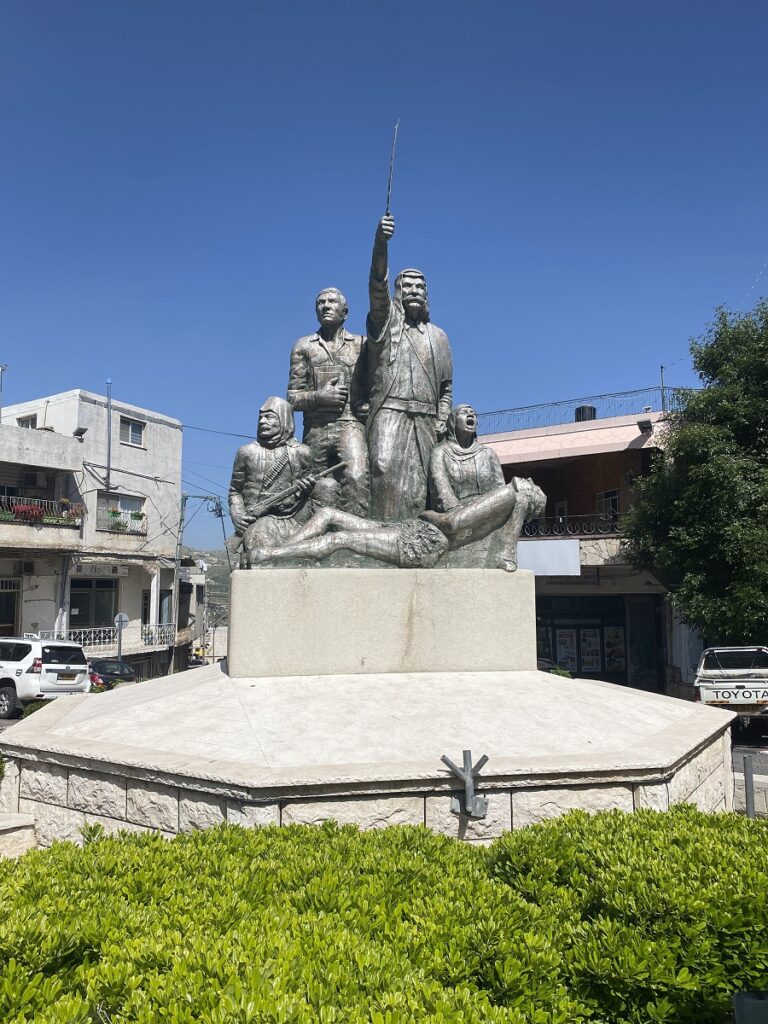
History teaches that colonial assumptions of religious purity lead to imperialist projects of ethnic cleansing and genocide, like the televised genocide in Gaza and the occupation of the Golan Heights. Look closer, though, in the continuities of everyday practices and the threads of another history become visible: the history of ordinary resistance, what the Palestinians have exemplified and gifted to struggles far and wide: ‘sumud’ – steadfastness. In combating the ‘bad fruit’ of occupation, the occupied people of the Golan Heights, and the occupied Palestinians, continue to sow resistance and hope, what the poet Mahmoud Darwish described in his poem ‘A state of siege’:
Here, where the hills slope before the sunset and the chasm of time
near gardens whose shades have been cast aside
we do what prisoners do
we do what the jobless do
we sow hope
Maria Kastrinou is Lecturer in Social Anthropology at Brunel University London. Her research interrogates the politics of sectarianism, statelessness and resistance through the lives and stories of her ethnographic interlocutors from Syria and the Israeli-occupied Golan Heights. Author of Power, Sect and State in Syria (I.B. Tauris 2016), she is currently working on the project ‘Lives across divides: Ethnographic stories from the Golan Heights.’
Endnotes
[1] Acknowledgement: Many thanks to colleagues and friends in the Golan Heights who despite the war read through and made suggestions; to colleagues at Brunel University, especially Isak Niehaus, Gareth Dale and Mark Neocleous; to Vera Sajrawi, and to Steven Emery. Kastrinou’s current research about the Golan Heights is supported by the Druze Heritage Foundation, London.
[2] All names are pseudonyms and some details have been altered in order to ensure my interlocutors’ anonymity.
References
Al-Khalili, Charlotte, 2023. Waiting for the Revolution to End: Syrian displacement, time and subjectivity. London: UCL Press.
Al-Marsad, 2011. ‘Suggested issues for Consideration Regarding Israel’s third Periodic Report to the UN Committee on Economic, Social and Cultural Rights (CESCR) To Be Held On November 14-December 2, 2011.’ NGO Report. (https://www2.ohchr.org/english/bodies/cescr/docs/ngos/Al-Marsad_ISRAEL_CESCR47.doc) Accessed: Nov. 13, 2023.
Delforno, Alessandro. 2019. More shadows than lights: Local elections in the occupied Syrian Golan. Majdal Shams: Al-Marsad. (https://golan-marsad.org/wp-content/uploads/More-Shadows-than-Lights-Local-Election-in-the-Occupied-Syrian-Golan-1.pdf) Accessed: Nov. 13, 2023.
De Lauri, Antonio 2023 “The Courage of Historical Truths” Focaalblog 30 October. https://www.focaalblog.com/2023/10/30/antonio-de-lauri-the-courage-of-historical-truths/
Fernandez, Júlia 2023 “Outside of Humanity: Palestinian Children and the Value of Life” Focaalblog 31 October. https://www.focaalblog.com/2023/10/31/julia-fernandez-outside-of-humanity-palestinian-children-and-the-value-of-life/
Firro, Kais. 1999. The Druzes in the Jewish state: A brief history. Vol. 64. Brill.
Firro, Kais M. 2005. “Druze maqāmāt (shrines) in Israel: From ancient to newly-invented tradition.” British Journal of Middle Eastern Studies 32, no. 2: 217-239.
González, Roberto J. 2009. “On “tribes” and bribes: “Iraq tribal study,” al-Anbar’s awakening, and social science.” Focaal 2009, no. 53: 105-116.
Kanaaneh, Rhoda Ann. 2008. Surrounded: Palestinian soldiers in the Israeli military. Stanford University Press.
Kastrinou, A. Maria A., Salman Fakher El-Deen, and Steven B. Emery. 2020. “The stateless (ad) vantage? Resistance, land and rootedness in the Israeli-occupied Syrian Golan Heights.” Territory, Politics, Governance 9, no. 5: 636-655.
Makdisi, Ussama. The culture of sectarianism: community, history, and violence in nineteenth-century Ottoman Lebanon. Univ of California Press, 2000.
Marx, Karl. 1843. The Jewish Question. Proofed and Corrected: by Andy Blunden, Matthew Grant and Matthew Carmody, 2008/9. (https://www.marxists.org/archive/marx/works/1844/jewish-question/) Accessed: Nov. 13, 2023.
Mason, Michael, Munir Fakher Eldin, and Muna Dajani, eds. The Untold Story of the Golan Heights:: Occupation, Colonization and Jawlani Resistance. Bloomsbury Publishing, 2022.
Pappé, Ilan. 2007. The ethnic cleansing of Palestine. Simon and Schuster.
Swedenburg, Ted. 2003. Memories of revolt: The 1936–1939 rebellion and the Palestinian national past. University of Arkansas Press.
Watenpaugh, Keith David. 2022. “Kill the Armenian/Indian; Save the Turk/Man: Carceral Humanitarianism, the Transfer of Children and a Comparative History of Indigenous Genocide.” Journal of the Society for Armenian Studies 29, no. 1: 35-67.
Yiftachel, Oren. 2006. Ethnocracy: Land and identity politics in Israel/Palestine. University of Pennsylvania Press.
Cite as: Kastrinou, Maria 2023 “Looking at ethnic cleansing in Palestine from the occupied Syrian Golan” Focaalblog 16 November. https://www.focaalblog.com/2023/11/16/maria-kastrinou-looking-at-ethnic-cleansing-in-palestine-from-the-occupied-syrian-golan/
